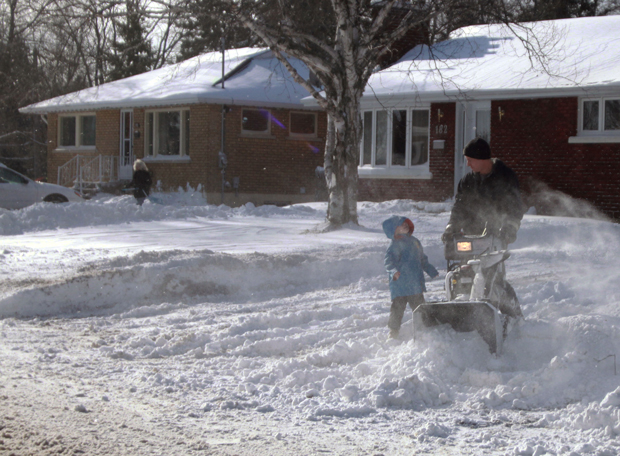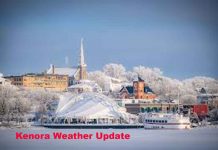THUNDER BAY – Thunder Bay and much of Northwestern Ontario enjoyed a warmer than usual fall. However according to weather experts the North is going to see a colder than normal winter overall. The Weather Network’s meteorologists have issued their winter outlook for the months of December, January and February.
The meteorologist suggest that Canadians should expect a return to winter weather conditions.
The Weather Network says, “Unlike last winter, the upcoming season will be more in line with a typical Canadian winter. Alternating patterns of fair and stormy conditions are expected throughout the season, meaning Canadians can look for stretches of calm weather followed by a winter storm. Typical of this type of weather pattern, it wouldn’t be unusual to see temperatures higher in Yukon than Southern Ontario on occasion this winter”.
“We are likely to get more of a winter this year than what Mother Nature delivered last year, but it won’t necessarily be brutal either,” commented Chris Scott, Director of Meteorology with The Weather Network. “Last winter’s tame conditions were unusual; whereas this year it’s unlikely your snowbrushes and shovels will have a chance to collect dust.”
Western Canada Winter
Precipitation across Western Canada is expected to be near normal from British Columbia through to the Manitoba/Ontario border. Western Nunavut is anticipated to be the only exception where conditions are on tap to be drier than normal. Much of the northern Prairies and Northwest Territories are likely to experience below normal temperatures; all other regions are forecast to have near normal temperatures.
Eastern Canada Winter
Most areas east of the Manitoba/Ontario border can look for near normal conditions throughout the winter months. Canadians in Atlantic Canada can anticipate a winter with above normal precipitation and temperatures due to an active storm track along the jet stream.
What does ‘normal’ mean?
When forecasters refer to a normal, they are talking about the mathematical average of the temperature or precipitation recorded over 30 years. To calculate the average winter temperature for a particular city during the winter months, meteorologists add together all the daily average temperatures for December, January and February and divide the total by 90 (3-month period). When temperatures are expected to be above or below normal, meteorologists are forecasting the average temperature over the 90 days to be one degree above or below average. The same can be applied to precipitation. When above or below normal precipitation is expected, a specific area is forecast to receive 30 per cent more or less precipitation than usual.







